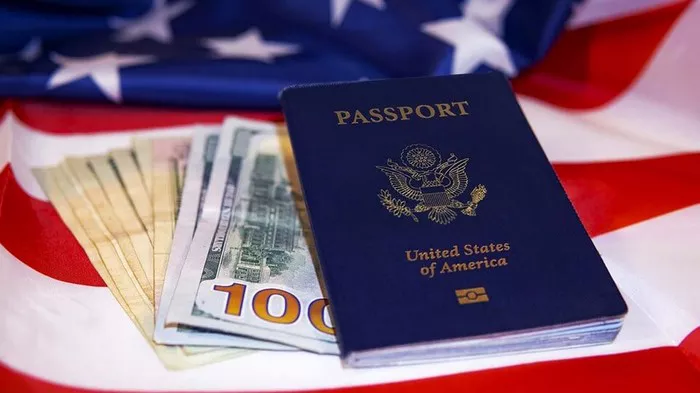Obtaining permanent residency status in a new country is often a significant milestone in an individual’s life. It grants a person the right to live and work indefinitely within the country, offering a pathway to citizenship and providing various social benefits. Whether it’s for reasons of employment, family reunification, or seeking refuge, understanding the costs associated with obtaining permanent residency is crucial for anyone considering this option.
Costs Associated with Permanent Residency
When embarking on the journey to secure permanent residency, it’s essential to consider the various expenses involved in the process. These costs can vary depending on factors such as the applicant’s age, immigration category, and whether they choose to enlist legal assistance. Below, we delve into the different components that contribute to the overall expenses of obtaining a permanent resident card.
1. Application Fees
One of the primary costs associated with applying for permanent residency is the government filing fee. This fee covers the processing of the application and varies depending on several factors. For instance, in the United States, as of 2022, the filing fee for Form I-485, Application to Register Permanent Residence or Adjust Status, is $1,140 for applicants aged 14 and older, while applicants under 14 years old pay $750. Additionally, there are separate fees for biometric services, which are currently $85 per applicant.
2. Biometrics Fee
As part of the application process, applicants are required to undergo biometric collection, which involves fingerprinting, photographing, and signature capture. The purpose of biometrics is to establish identity and conduct background checks. While the biometrics fee is separate from the application fee, it is a mandatory expense for all applicants aged 14 to 79. The cost of biometric services is set by the government and is subject to change periodically.
3. Medical Examination Fee
In many countries, including the United States, Canada, and Australia, applicants for permanent residency are required to undergo a medical examination to ensure they meet the health requirements for immigration. The cost of the medical examination varies depending on factors such as the applicant’s age, location, and the complexity of the examination. Typically, applicants are responsible for covering the full cost of the medical examination, which may include fees for laboratory tests, vaccinations, and physician consultations.
4. Attorney Fees (Optional)
While hiring an immigration attorney is not mandatory for applying for permanent residency, many individuals choose to enlist legal assistance to navigate the complexities of the immigration process. Attorney fees can vary significantly depending on factors such as the attorney’s experience, the complexity of the case, and the services rendered. Some attorneys may charge a flat fee for handling the entire application process, while others may charge by the hour or offer payment plans.
5. Translation and Document Fees
For applicants whose documents are not in the official language of the country they are applying to, translation services may be necessary. Additionally, certain documents may require certification or notarization, which can incur additional fees. It’s essential to factor in these costs when preparing the required documentation for the permanent residency application.
6. Travel and Relocation Costs
Depending on the immigration category and the specific requirements of the application process, applicants may need to travel for interviews, biometric appointments, or medical examinations. Additionally, upon receiving approval for permanent residency, individuals may incur relocation costs if they are moving to a new city or country. These expenses can include transportation, accommodation, and other related costs.
7. Cost Variations Based on Category
The costs associated with obtaining permanent residency can vary significantly depending on the immigration category under which the application is filed. For example, family-based immigration applications may incur additional expenses such as fees for sponsoring relatives or providing evidence of financial support. Similarly, employment-based immigration applications may involve costs related to job certifications, recruitment efforts, or employer sponsorship fees.
Conclusion
In conclusion, while the costs associated with obtaining permanent residency can be substantial, they are an investment in the future and security of individuals and their families. By understanding the various expenses involved in the process and planning accordingly, applicants can navigate the immigration journey more effectively and achieve their goal of obtaining permanent residency status.


